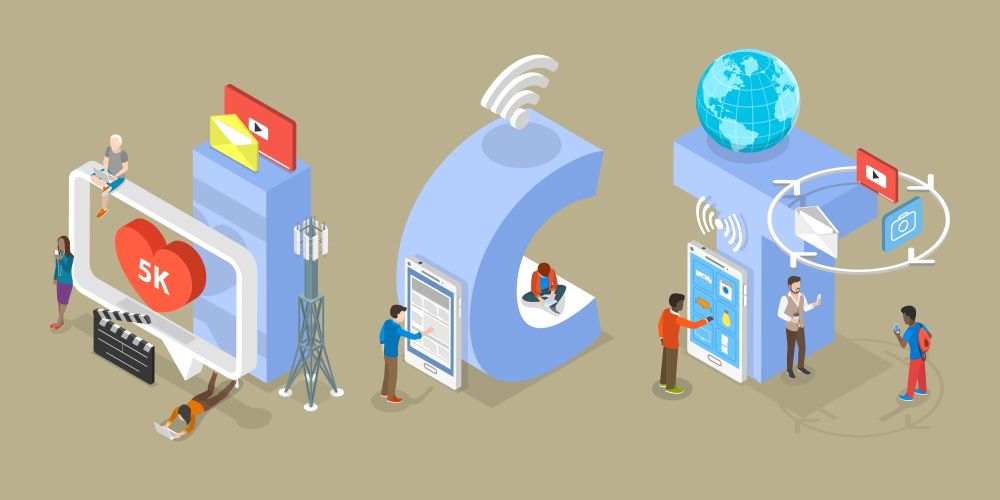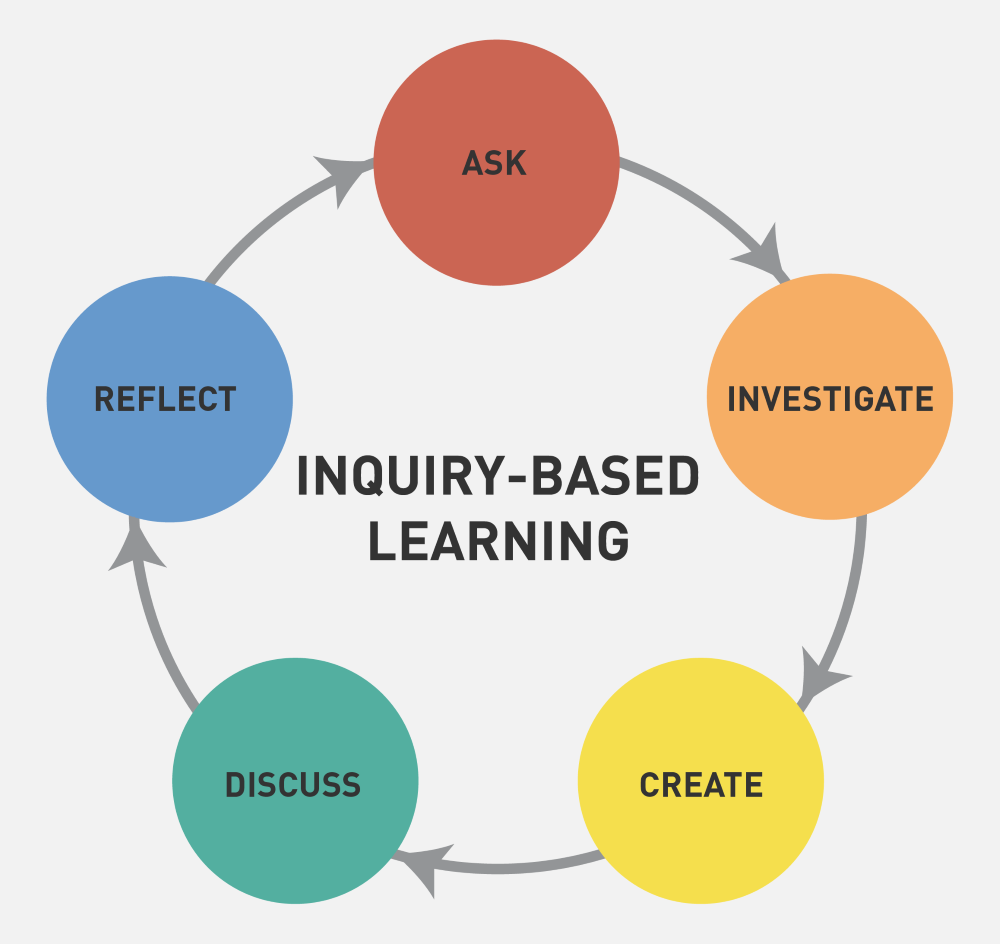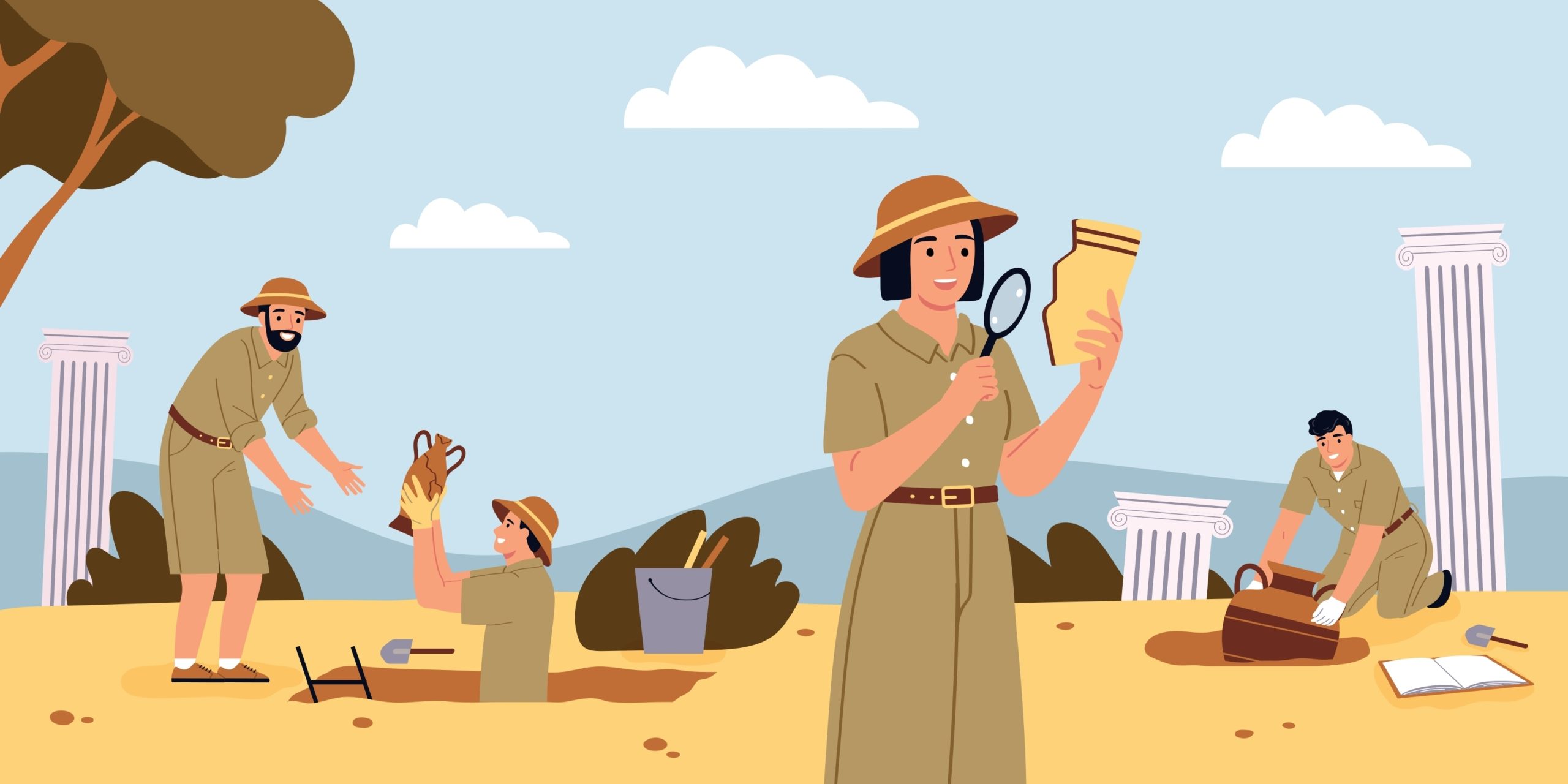In the early 90s, access to information was limited, with newspapers being the primary source of knowledge. Teachers were crucial in guiding students, while many learned through hands-on experiences in rural areas. Today, however, students are overwhelmed with information from various sources, making it harder to process data and make informed decisions. In this context, critical thinking becomes an essential skill for navigating the modern world.
Critical thinking involves systematically approaching problems by analysing and evaluating information. Developing this skill requires acquiring high-quality knowledge and the courage to challenge ideas. The brain, often referred to as a powerful machine-learning tool, processes information better when it is fed with reliable data. By training the brain to think critically, individuals can process information more effectively, leading to better decision-making. In today’s information-heavy environment, this is a crucial skill for students.
Critical thinking is a structured approach to solving problems. It starts with identifying the problem’s root cause, asking relevant questions, and setting clear goals. Students must then gather as much information as possible, evaluate it, and choose the best action. This method allows for more informed and intelligent decision-making, leading to better outcomes in both academic and personal contexts.
In today’s world, students are often faced with overwhelming choices, especially when setting personal and academic goals. Clear goal setting guides students toward academic success and future careers. However, finding reliable information to support decision-making can be challenging. High-quality knowledge can be gained from reading reputable books, articles, and websites and seeking advice from knowledgeable individuals such as teachers and parents. Access to credible sources makes students better equipped to make informed decisions.
Collaborative learning is a powerful tool for developing critical thinking that can be learned in school. Students working in teams can debate ideas, clarify concepts, and challenge one another’s perspectives. This collaborative process allows students to pool their knowledge, making decision-making faster and more effective. Teamwork also helps students practice real-world problem-solving and critical thinking as they learn to navigate differing opinions and reach a consensus.
ICT enhances collaborative learning, especially in digital environments. Social networking services (SNS) allow students to gather data globally, communicate with peers, and engage in online discussions. ICT tools can significantly improve critical thinking and problem-solving skills when used effectively. For instance, a group tasked with developing a plan to reduce water contamination could use ICT tools to research pollution sources, communicate effectively, and analyse data. This process enables them to develop a comprehensive and informed solution to the problem.
Inquiry-Based Learning (IBL) is another educational method that promotes critical thinking, particularly when paired with ICT. IBL is a student-centred approach in which teachers introduce a theme, such as human well-being, which ties in with SDG 11, and students explore it through their subject area. They formulate questions and engage in deeper investigation, fostering a sense of curiosity and critical inquiry. This process encourages students to explore topics more thoroughly and gather insights that help them achieve learning outcomes.
ICT tools, such as educational apps, simulations, and social media, further enhance IBL. Applications like Scratch Lab and Minecraft Education Edition help students visualise their ideas, while open-source resources provide additional learning opportunities. Under the guidance of teachers, students can also use social media to share their work and gather feedback from their peers and the wider community. This approach encourages creativity and responsible use of technology while helping students develop essential critical thinking skills.
In conclusion, critical thinking is essential for students in today’s fast-paced world. Through collaborative learning and inquiry-based learning, enhanced by ICT tools, students can develop the ability to think critically and make informed decisions. The ultimate goal of education is to equip students with the knowledge and skills needed to make thoughtful, intelligent choices that contribute to their personal and professional success.







